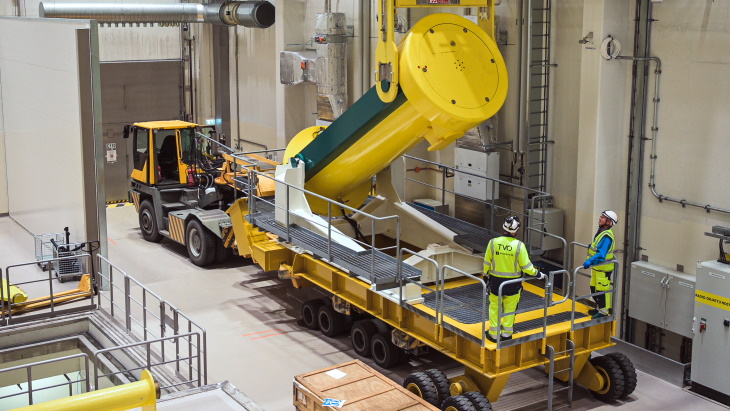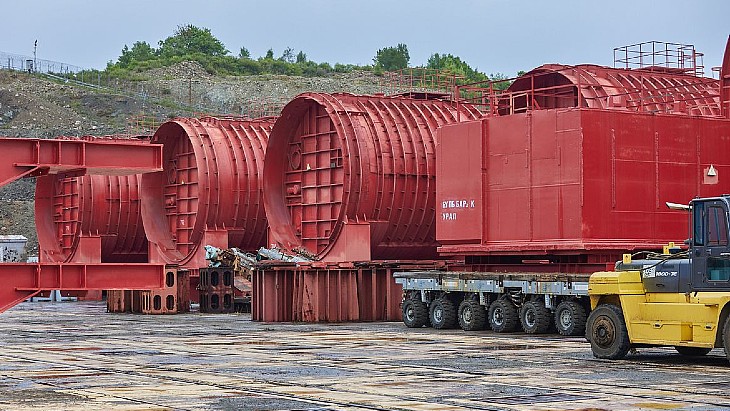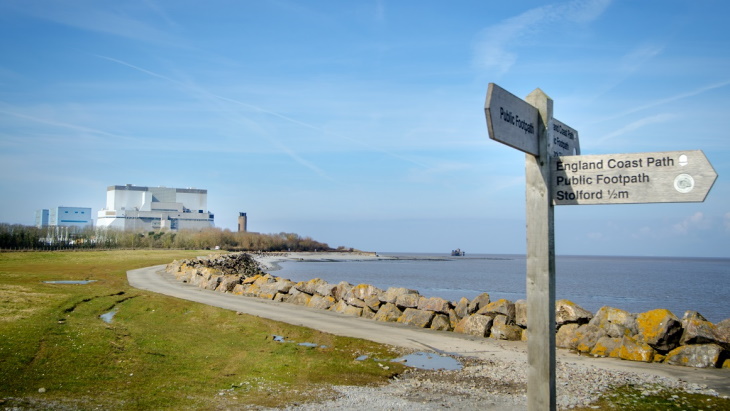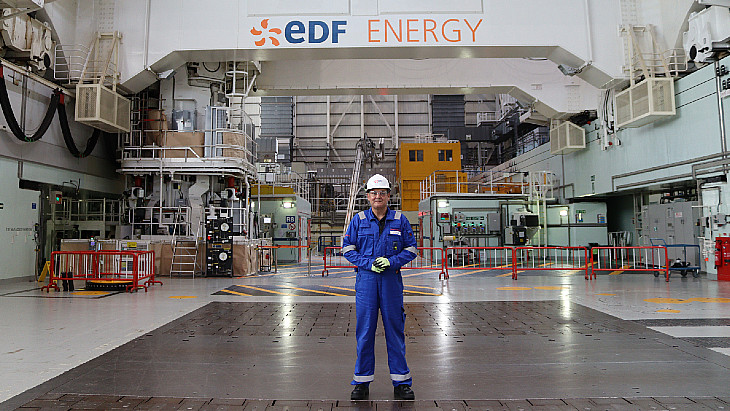Chernobyl arch moved into place in historic engineering feat
 The process of sliding the arched structure into place to shield the damaged unit 4 of the Chernobyl nuclear power plant started today, the European Bank for Reconstruction and Development said. London-based EBRD described the milestone at the plant in Ukraine as "one of the most ambitious projects in the history of engineering".
The process of sliding the arched structure into place to shield the damaged unit 4 of the Chernobyl nuclear power plant started today, the European Bank for Reconstruction and Development said. London-based EBRD described the milestone at the plant in Ukraine as "one of the most ambitious projects in the history of engineering".The process of sliding the arched structure into place to shield the damaged unit 4 of the Chernobyl nuclear power plant started today, the European Bank for Reconstruction and Development (EBRD) said. London-based EBRD described the milestone at the plant in Ukraine as "one of the most ambitious projects in the history of engineering".
.jpg) |
| The Chernobyl NSC, pictured earlier this month (Image: EBRD) |
The arch, called the New Safe Confinement (NSC), is the largest moveable land-based structure ever built, with a span of 257m, a length of 162m, a height of 108m and a total weight of 36,000 tonnes equipped.
It will now be moved into its "resting place", the bank said, over Chernobyl's reactor 4 which was destroyed in the accident 30 years ago.
"The sliding is done with help of a special skidding system that consists of 224 hydraulic jacks to push the arch 60 centimetres each stroke. It is anticipated that the total skid time will be around 40 hours of operation spread over a period of up to five days," the EBRD said.
The NSC was constructed in a clean area near reactor 4 and will be slid over 327m to seal off the unit. It will make the site safe and allow for the eventual dismantling of the aging shelter currently housing the reactor and the management of the radioactive waste within the structure, the bank said.
Ostap Semerak, Ukraine's minister of ecology and natural resources, said today's event is "the beginning of the end of a 30-year long fight with the consequences of the 1986 accident".
Semerak noted the "immense" international support the project had received. He said: "The fact that more than 40 contributing countries and donor countries united around the goal of protecting humanity from the radioactive consequences of the tragedy is another demonstration that environmental safety remains a priority for global policymakers. And I believe that the transformation of the exclusion zone into a safe area will demonstrate the change in Ukraine's overall environmental policy, too."
Igor Gramotkin, director-general of State Specialised Enterprise ChNPP, which is responsible for managing the Chernobyl site, added that the arch is "not just 36,000 tonnes of prefabricated metal", but "36,000 tonnes of our belief in success, of trust in our site, our people and in Ukraine."
Vince Novak, EBRD's nuclear safety director, said the NSC project would not have been possible without the support of the over 40 donor countries who are contributors to the Chernobyl Shelter Fund. He said: "The new structure illustrates what is possible in a spirit of determined and coordinated joint effort and thanks to the generous support of EBRD shareholders."
The construction of the NSC by Novarka - the French construction consortium formed by VINCI Construction and Bouygues Construction - started in 2012. Because of its vast dimensions the structure had to be built in two halves which were lifted and successfully joined together in 2015. The arch-shaped structure is fitted with an overhead crane to allow for the future dismantling of the existing shelter and the remains of reactor 4. The NSC has a "lifespan" of at least 100 years and will cost €1.5 billion ($1.61 billion), the EBRD said.
Nicolas Caille, project director for Novarka said this one-of-a-kind project "shows what is technically possible".
On 26 April 1986, the Chernobyl plant suffered the worst nuclear accident in history when a power runaway event wrecked reactor 4. The three remaining reactor units, however, were vital to Ukraine's electricity needs and continued to operate for some years. Unit 2 shut down in 1991, unit 1 in 1996 and unit 3 in 2000. The plant officially entered the decommissioning phase in April last year, following approval by the State Inspectorate for Nuclear Regulation of Ukraine. The first phase of decommissioning is the so-called final shutdown and preservation stage, which is expected to take ten years.
Researched and written
by World Nuclear News
_17992.jpg)












